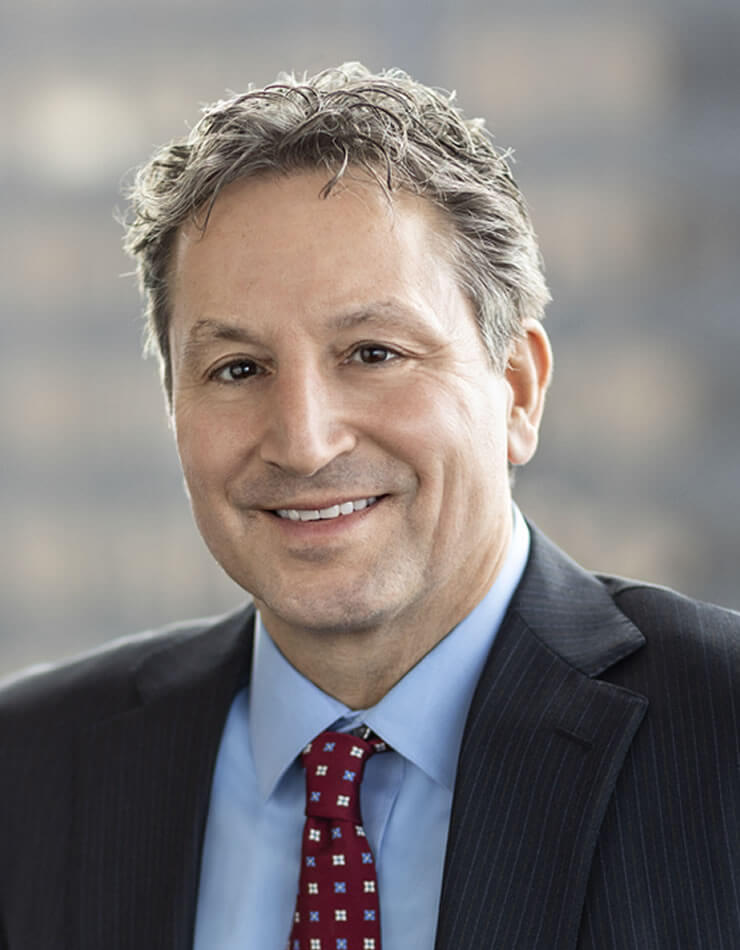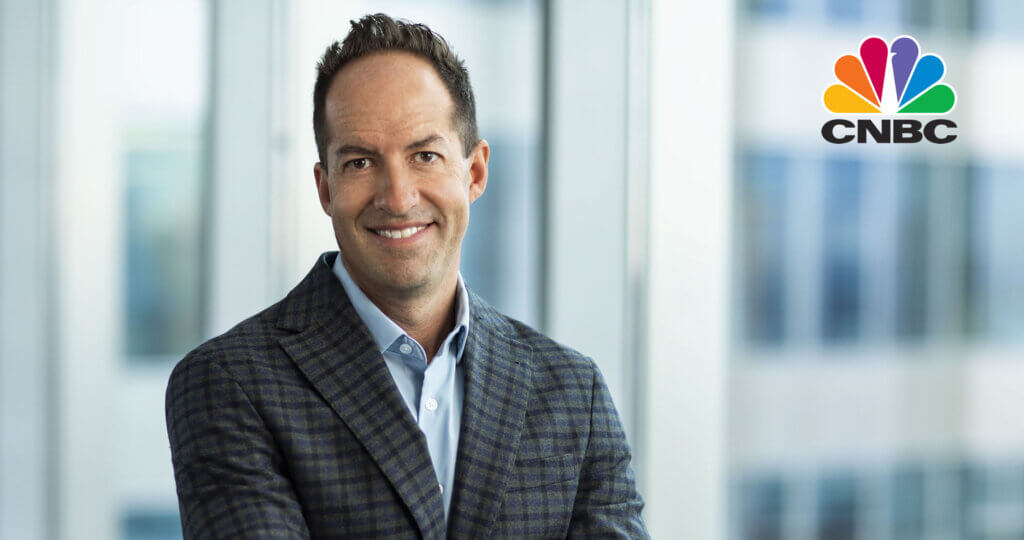Oakmark Global Fund – Investor Class
Average Annual Total Returns 03/31/24
Since Inception 08/04/99 9.38%
10-year 6.02%
5-year 8.69%
1-year 10.68%
3-month 4.35%
Expense Ratio: 1.13%
Expense ratios are from the Fund’s most recent prospectus dated January 28, 2024; actual expenses may vary.
Past performance is no guarantee of future results. The performance data quoted represents past performance. Current performance may be lower or higher than the performance data quoted. The investment return and principal value vary so that an investor’s shares when redeemed may be worth more or less than the original cost. To obtain the most recent month-end performance data, view it here.
The first quarter reflected strong absolute returns for the Oakmark Global Fund (“the Fund”). The Fund generated a 4.35% return in the first quarter, compared to a 8.88% return for the MSCI World Index (net). Since its inception in August 1999, the Fund has returned an average of 9.38% per year, outperforming the MSCI World Index’s return of 6.18% over the same period.
The most significant individual stock contributors for the quarter were Daimler Truck Holding (Germany), General Motors (U.S.) and Corebridge Financial (U.S.). The largest detractors were St. James’s Place (U.K.), Charter Communications (U.S.) and Bayer (Germany).
Daimler Truck Holding was a top contributor during the quarter. In March, the truck and bus manufacturer released strong fourth-quarter results, accompanied by 2024 margin guidance that significantly exceeded consensus expectations. The expected margin resilience is in spite of a weaker global truck market and is a result of management’s decisive actions to improve pricing, drive higher service penetration and increase the flexibility of the cost base. This is most evident in the Mercedes-Benz segment, primarily serving the European and Latin American markets, which increased its adjusted EBIT margin from less than 1% in 2019 to over 10% last year. We are impressed by management’s execution following the 2021 spin-off from the former Daimler Group and believe the company is positioned to earn structurally higher through-cycle margins than in the past. We met with CEO Martin Daum following the release and continue to see an attractive upside for this investment.
St. James’s Place was a top detractor during the quarter. In January, the wealth manager reported net inflows for 2023 that were £4.6 billion lower than in 2022. The disappointing update came on the heels of the company’s announcement of a large overhaul of its fee structure. In February, the company reported full-year 2023 results. Underlying cash results fell below our expectations primarily due to the margin from new business and other revenues and expenses. The big miss, in our view, was the large provision charge that St. James’s Place took to account for potential client reimbursements. There were increasing complaints from clients that the company was charging them without actually dispensing any advice. St. James’s Place conducted an internal investigation, which cited service gaps that existed before the company implemented Salesforce in 2021. The provision charge covers the appointment of an investigative assessment, the anticipated cost of refunding service fees, the administration costs to operate the refund program, and an interest expense to compensate for the time value of money. We met with management following the release of results and continue to believe in the long-term prospects of St. James’s Place.
During the first quarter, we purchased one new position (Centene) and sold one holding (Danaher).
Centene (U.S.) is a large health insurer specializing in three major government-sponsored programs: Medicaid, Marketplace and Medicare Advantage. Each of these programs benefits from long-term secular tailwinds. In Medicaid, states are steadily outsourcing their programs to managed care companies like Centene to help reduce costs and improve care quality. Managed Medicaid penetration has increased meaningfully over the past two decades, and we expect further gains over time. In Marketplace, growth is driven by the trend toward more individuals buying health insurance. Centene holds the top market share in both of these programs and is well-positioned to capitalize on their continued growth. Finally, in Centene’s Medicare Advantage business, past missteps will result in losses next year, but we believe Centene can turn its Medicare Advantage segment around and generate positive earnings in the next few years. Centene currently trades for about 9x our estimate of normal earnings power, which we believe is a compelling value for a business that generates healthy returns on capital and is capable of growing EPS at a low double-digit rate.
Geographically, we ended the quarter with 54.6% of the portfolio in the U.S., 31.2% in Europe, 10.3% in the U.K. and 3.9% in Asia, as a percent of equity. In the first quarter, Germany, Australia and Canada were the top contributors to the relative performance of countries owned. The U.K., U.S. and Switzerland detracted the most from relative performance.
The securities mentioned above comprise the following percentages of the Oakmark Global Fund’s total net assets as of 03/31/2024: Bayer 3.2%, Centene 1.9%, Charter Communications Cl A 1.8%, Corebridge Financial 2.4%, Daimler Truck Holding 2.4%, Danaher 0%, General Motors 3.2%, Mercedes-Benz Group 4.2%, Salesforce 0% and St. James’s Place 1.7%. Portfolio holdings are subject to change without notice and are not intended as recommendations of individual stocks.
Access the full list of holdings for the Oakmark Global Fund here.
The information, data, analyses, and opinions presented herein (including current investment themes, the portfolio managers’ research and investment process, and portfolio characteristics) are for informational purposes only and represent the investments and views of the portfolio managers and Harris Associates L.P. as of the date written and are subject to change and may change based on market and other conditions and without notice. This content is not a recommendation of or an offer to buy or sell a security and is not warranted to be correct, complete or accurate.
Certain comments herein are based on current expectations and are considered “forward-looking statements.” These forward looking statements reflect assumptions and analyses made by the portfolio managers and Harris Associates L.P. based on their experience and perception of historical trends, current conditions, expected future developments, and other factors they believe are relevant. Actual future results are subject to a number of investment and other risks and may prove to be different from expectations. Readers are cautioned not to place undue reliance on the forward-looking statements.
EPS refers to Earnings Per Share and is calculated by dividing total earnings by the number of shares outstanding.
EBIT is a measure of a firm’s profit that includes all expenses except interest and income tax expenses. It is the difference between operating revenues and operating expenses.
The MSCI World Index (Net) is a free float-adjusted, market capitalization-weighted index that is designed to measure the global equity market performance of developed markets. The index covers approximately 85% of the free float-adjusted market capitalization in each country. This benchmark calculates reinvested dividends net of withholding taxes. This index is unmanaged and investors cannot invest directly in this index.
On occasion, Harris may determine, based on its analysis of a particular multi-national issuer, that a country classification different from MSCI best reflects the issuer’s country of investment risk. In these instances, reports with country weights and performance attribution will differ from reports using MSCI classifications. Harris uses its own country classifications in its reporting processes, and these classifications are reflected in the included materials.
The Fund’s portfolio tends to be invested in a relatively small number of stocks. As a result, the appreciation or depreciation of any one security held by the Fund will have a greater impact on the Fund’s net asset value than it would if the Fund invested in a larger number of securities. Although that strategy has the potential to generate attractive returns over time, it also increases the Fund’s volatility.
Investing in foreign securities presents risks that in some ways may be greater than in U.S. investments. Those risks include: currency fluctuation; different regulation, accounting standards, trading practices and levels of available information; generally higher transaction costs; and political risks.
The compound return is the rate of return, usually expressed as a percentage that represents the cumulative effect that a series of gains or losses has on an original amount of capital over a period of time. Compound returns are usually expressed in annual terms, meaning that the percentage number that is reported represents the annualized rate at which capital has compounded over time.
The percentages of hedge exposure of each foreign currency are calculated by dividing the market value of all same-currency forward contracts by the market value of the underlying equity exposure to that currency.
All information provided is as of 03/31/2024 unless otherwise specified.









